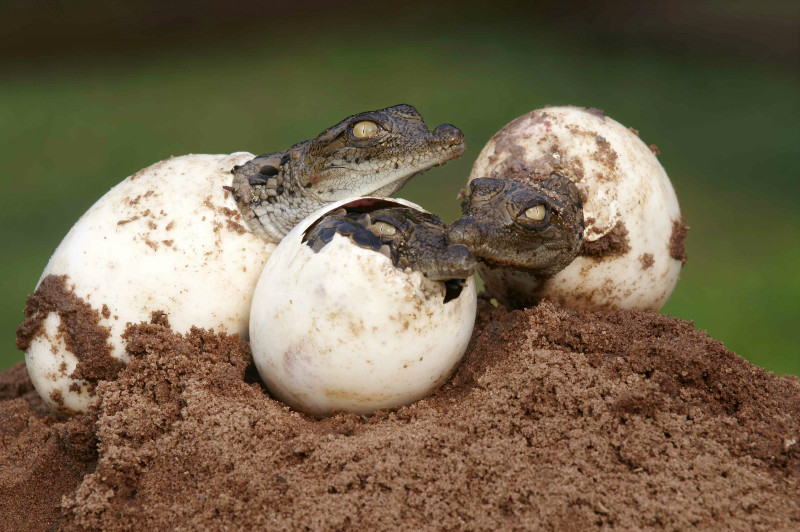In the UK Mothering Sunday falls on the fourth Sunday of lent. In the past it was the day that children, mainly women who were working as domestic servants were given a day off to visit their mother and family. It has now become much more commercial and appears to be more about selling cards, gifts, flowers and Sunday pub lunches. No matter in what way it is celebrated it is an opportunity to say thank you for all the care and the sacrifices that our mothers made for us.
It is not just humans that demonstrate maternal care. The animal kingdom is packed full of fascinating examples of devoted mothers. The level of maternal care differs greatly amongst species but it is done for one purpose, to ensure that the offspring reach reproductive age and then go on to reproduce. By doing so they carry the mother’s genes forward.
Maternal care is defined as any behaviour by the mother that increases the off-springs chances of surviving. It can come in many different forms, from nest building and excavating burrows to taking care of eggs and new-borns.
Nile crocodile – Taking the kids to school
A female Nile crocodile will dig a 50 cm deep hole where she will lay approximately 45 eggs in layers which are divided by sand to protect them. Once the eggs have been buried she will stand guard for 3 months. As the eggs hatch she will excavate them and transport the hatchlings in her mouth to the water where she will continue to protect the crèche area.
Ostrich – Distracting predators
When adult ostriches who are caring for a crèche detect a threat they will perform a distraction display where they lead the predator away. They do this by falling to the ground, flaying their neck around and flapping their wing around as if it were broken.
African rock python – Incubating and protecting eggs
The female African rock python demonstrates parental care which is very rare in reptiles. She coils around her eggs to offer them protection and warmth during the 6 to 8 week incubation. During this period she will bask in the sun and then return to transfer warmth to the eggs. She may care for the young for 2 weeks after hatching.
Common warthog – Building a warm and dry home
A female warthog will forge a raised shelf in the burrow on which the piglets will sleep. This keeps them out of cold water which may run into the main chamber.
Get involved
Discover more fascinating facts about parental care in the animals of the African savanna




 Previous Post
Previous Post
